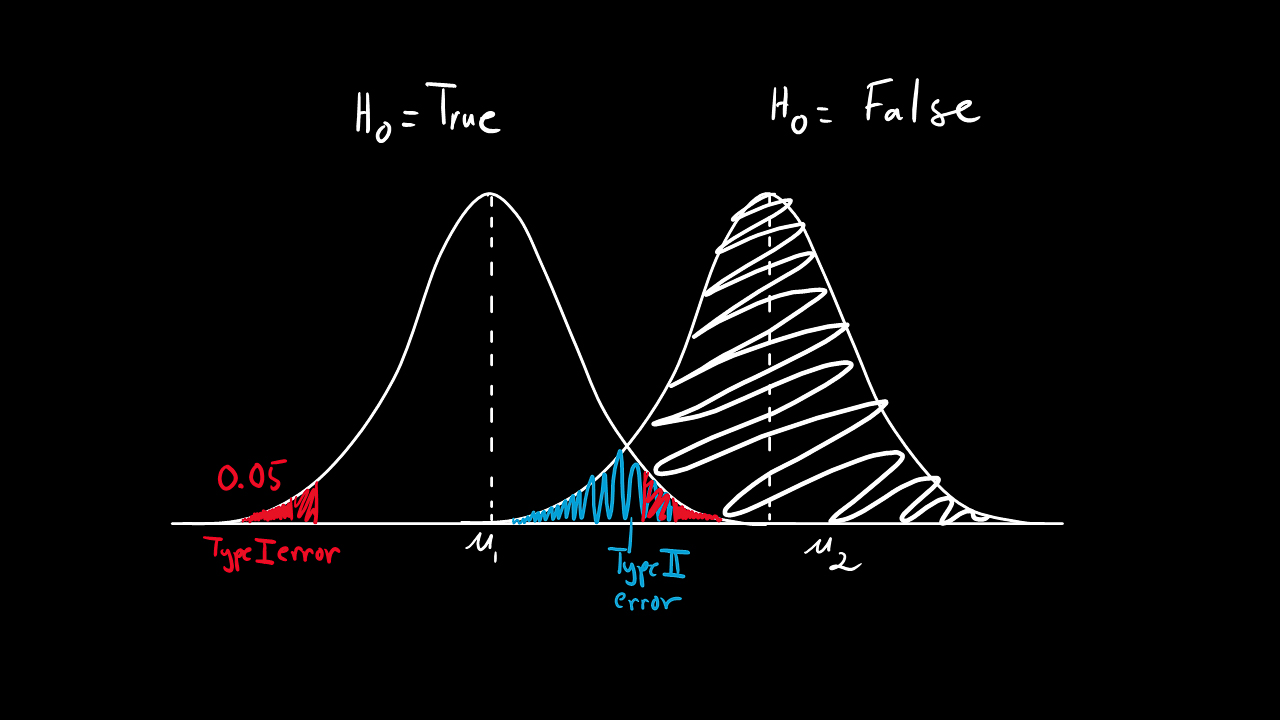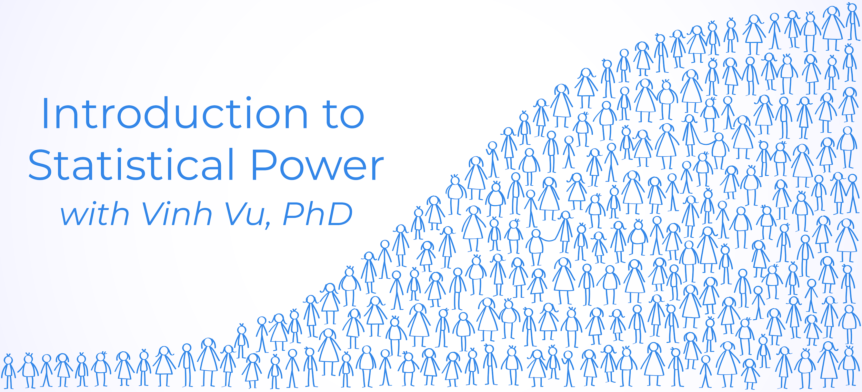We see the term statistical power thrown around often, but what does it really mean? In this short six video course, we will explore the concepts that lay the foundations for understanding statistical power. So, whether you are brand new to the concept or just need a refresher, this resource is perfect for you!
If you already know the basics and would just like to have a conceptual understanding of Power, we recommend going straight into videos five and six 🙂
We hope you enjoy this series, and please email us with any future content suggestions or concepts that you would like us to touch on. Making videos is a new venture for us, so definitely send us any feedback on the presentation style as well if you have suggestions!
Now to our syllabus!
Lesson 1: The Null and Alternative Hypothesis
Let's start this off by talking about one of the most fundamental concept in statistics!
When we perform test statistics, we must first begin by considering two hypotheses. They are called the null and the alternative hypothesis. These hypotheses contain opposing viewpoints.
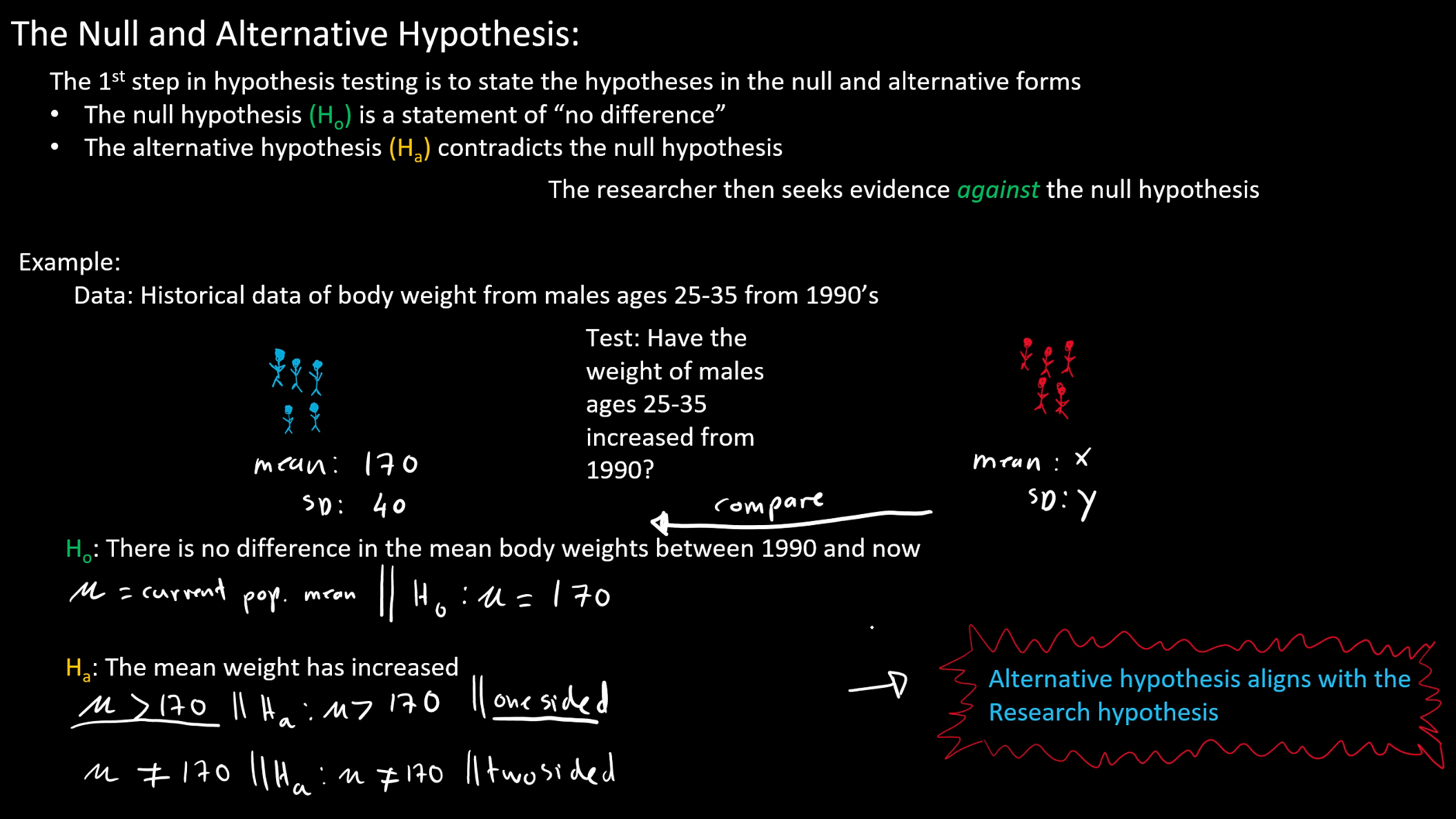
Lesson 2: Test statistics
We previously learned about the basics of the null and the alternative Hypothesis.
In this lesson, we will discuss the concept of test statistics and learn about how Z-scores are used to represent “statistical distance.”
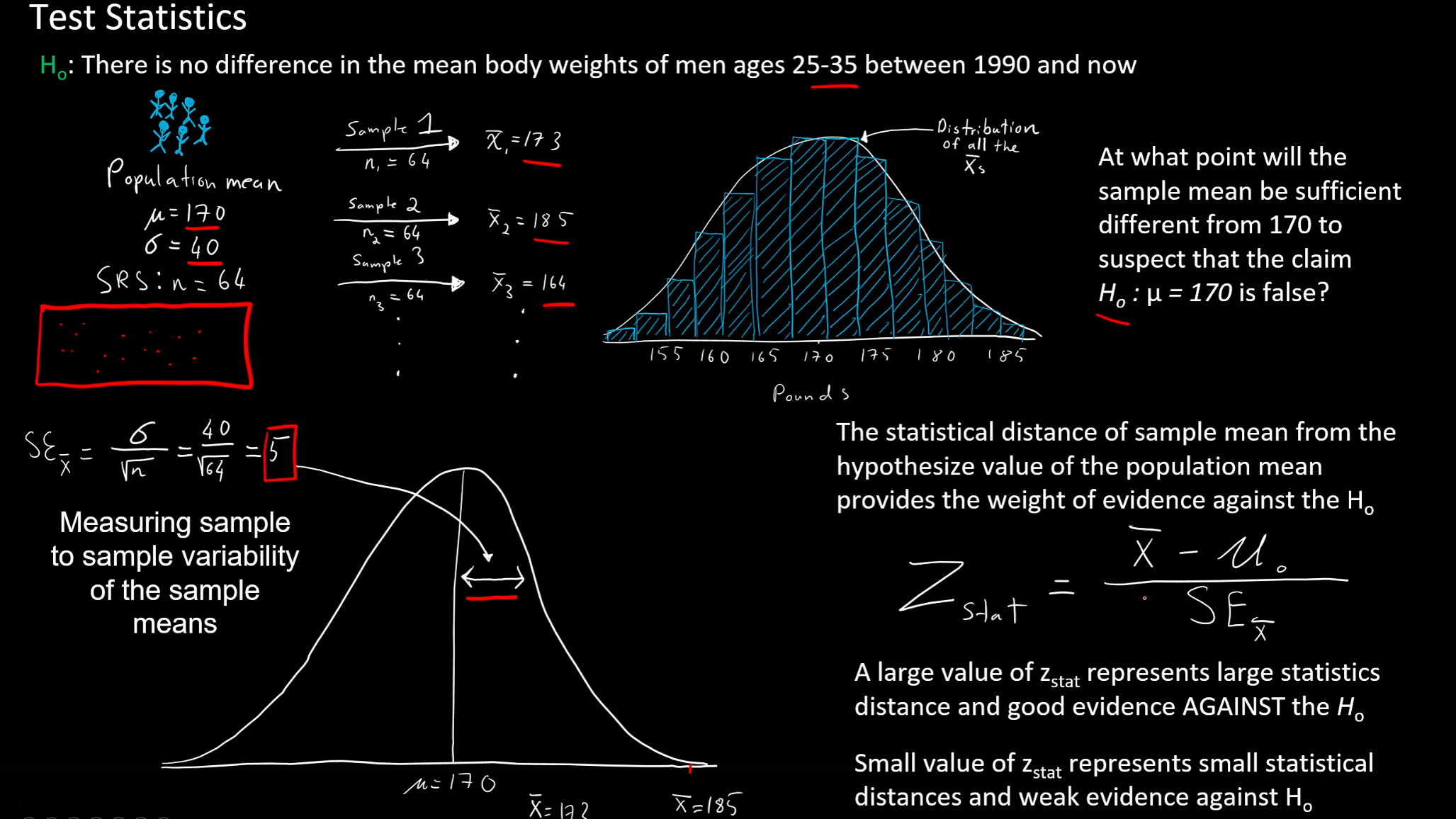
Lesson 3: The Probability Value (P-value)
In this lesson, we will dive into the ever-popular probability value (P-value)!
P-value gives us a way to quantify how much the data deviate from the null hypothesis: the smaller the P-value, the larger the discrepancy. Let’s dive in!
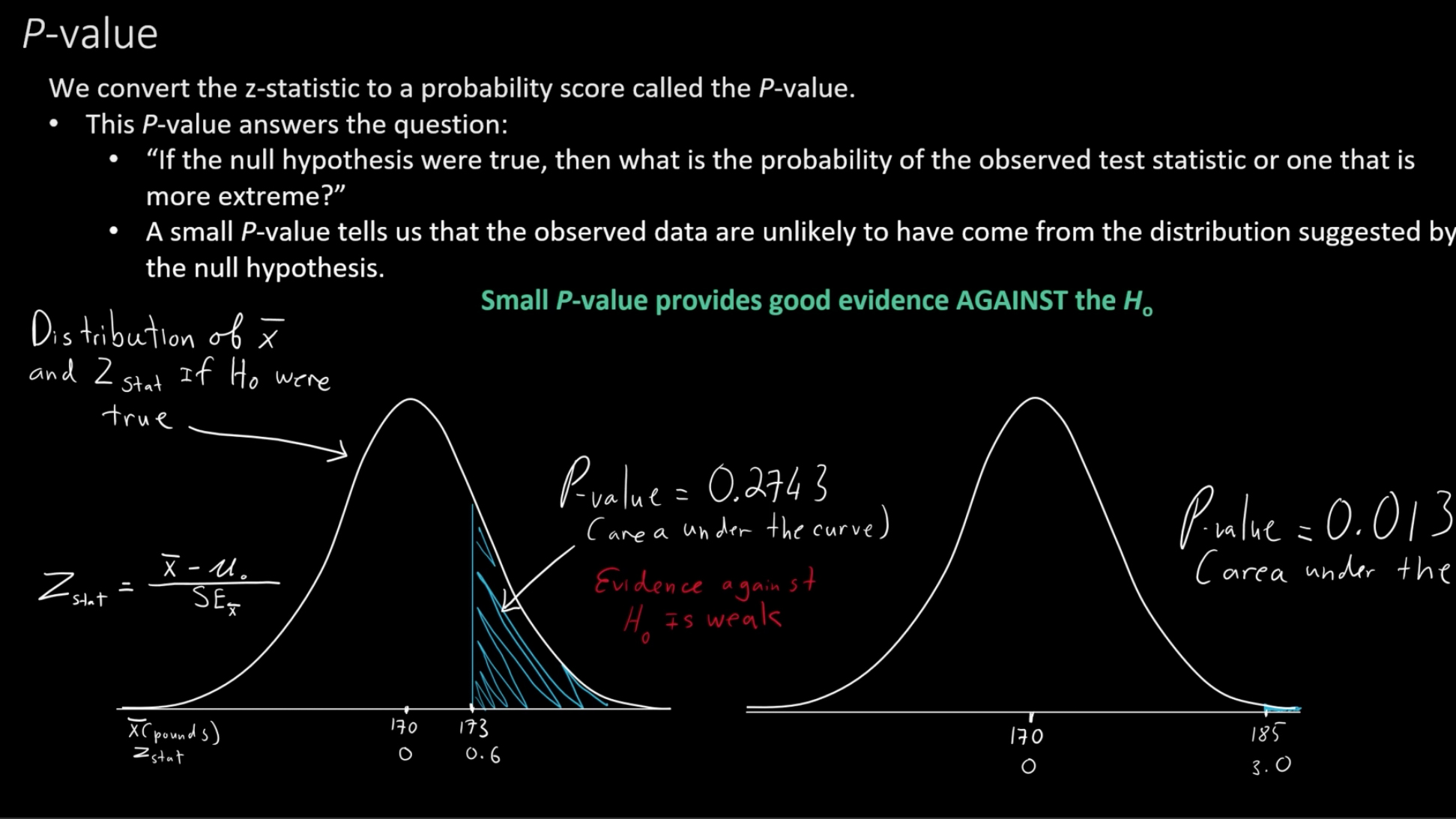
Lesson 4: Significance testing
In this lesson we are going to wrap up our introduction of hypothesis testing, test statistics, and p-value from the previous three videos and discuss significance testing! We will learn how the P-value is used to determine whether we can reject or fail to reject the null hypothesis.
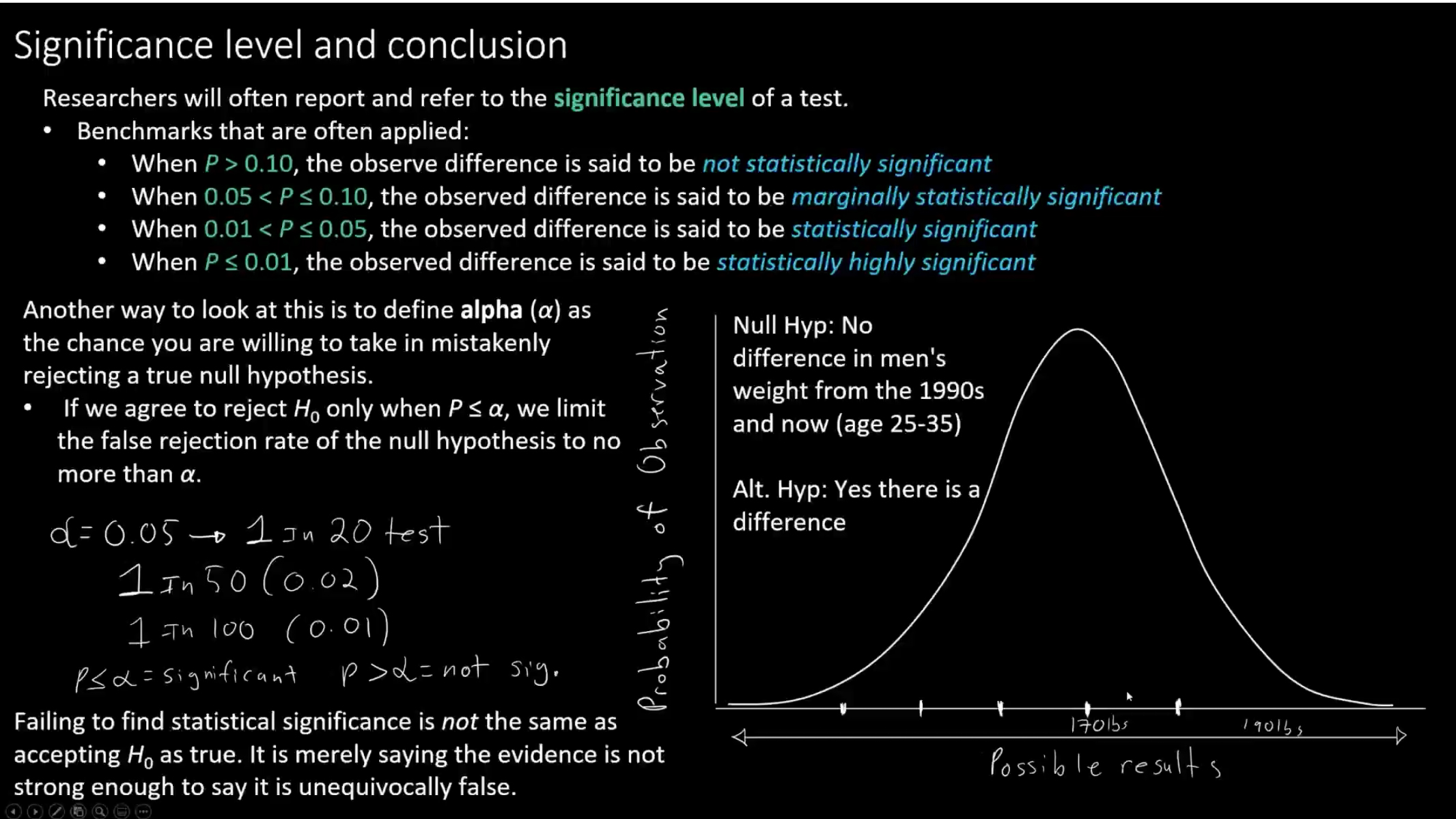
Lesson 5: Type I and Type II errors
In this penultimate lesson, we’re going to be learning about errors!
Type I and type II errors are often overlooked in most statistical analyses, but they play a major part in driving statistical power. If we keep our errors low, we're going to have higher power.
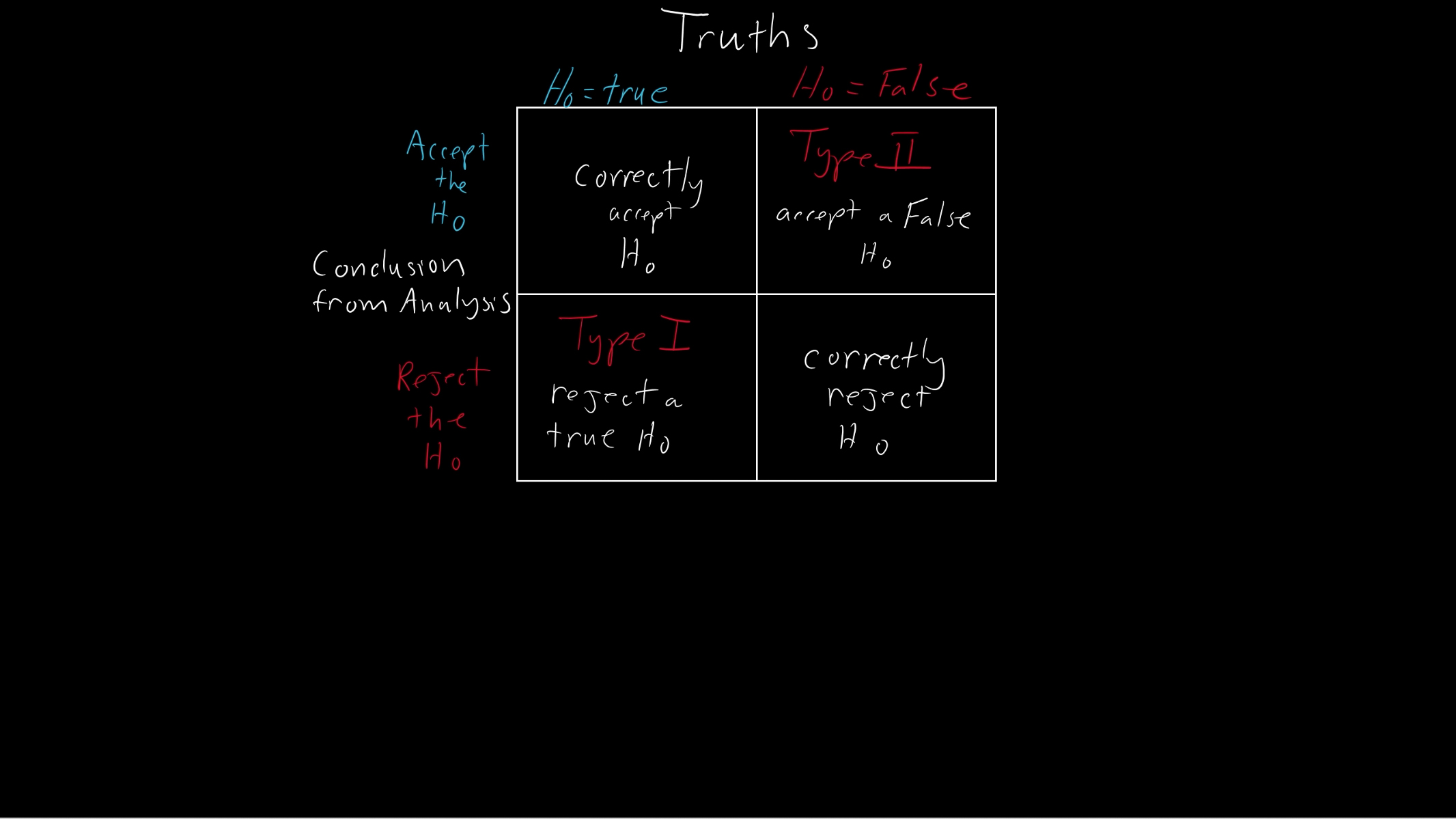
Lesson 6: Statistical Power
We are at the end! Whether you binge the entire course in one go, or you have been taking it slow, you have made it!
Now that you have a solid understanding of the core concepts that drive statistical power, we can discuss how Power actually works!
